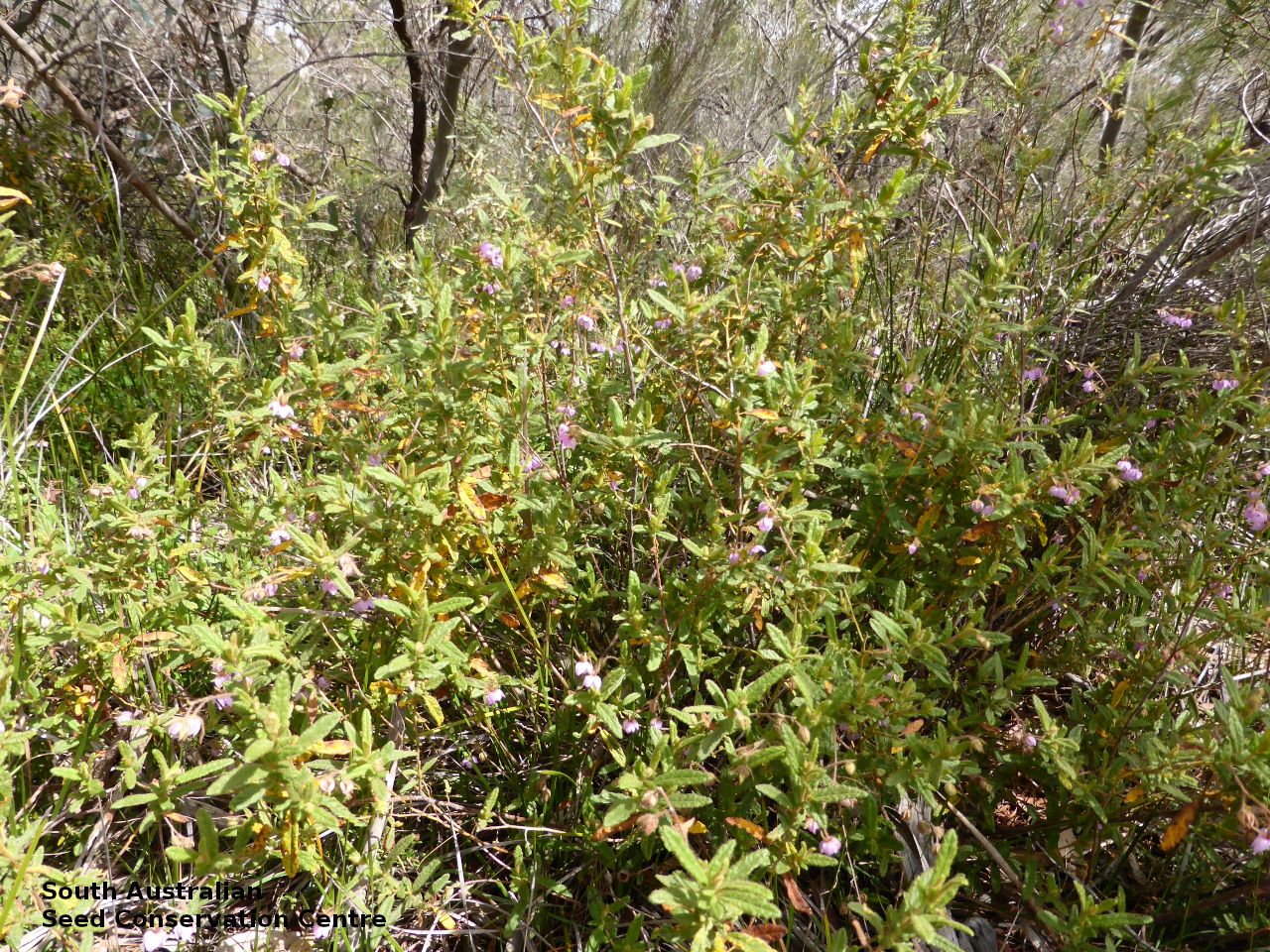

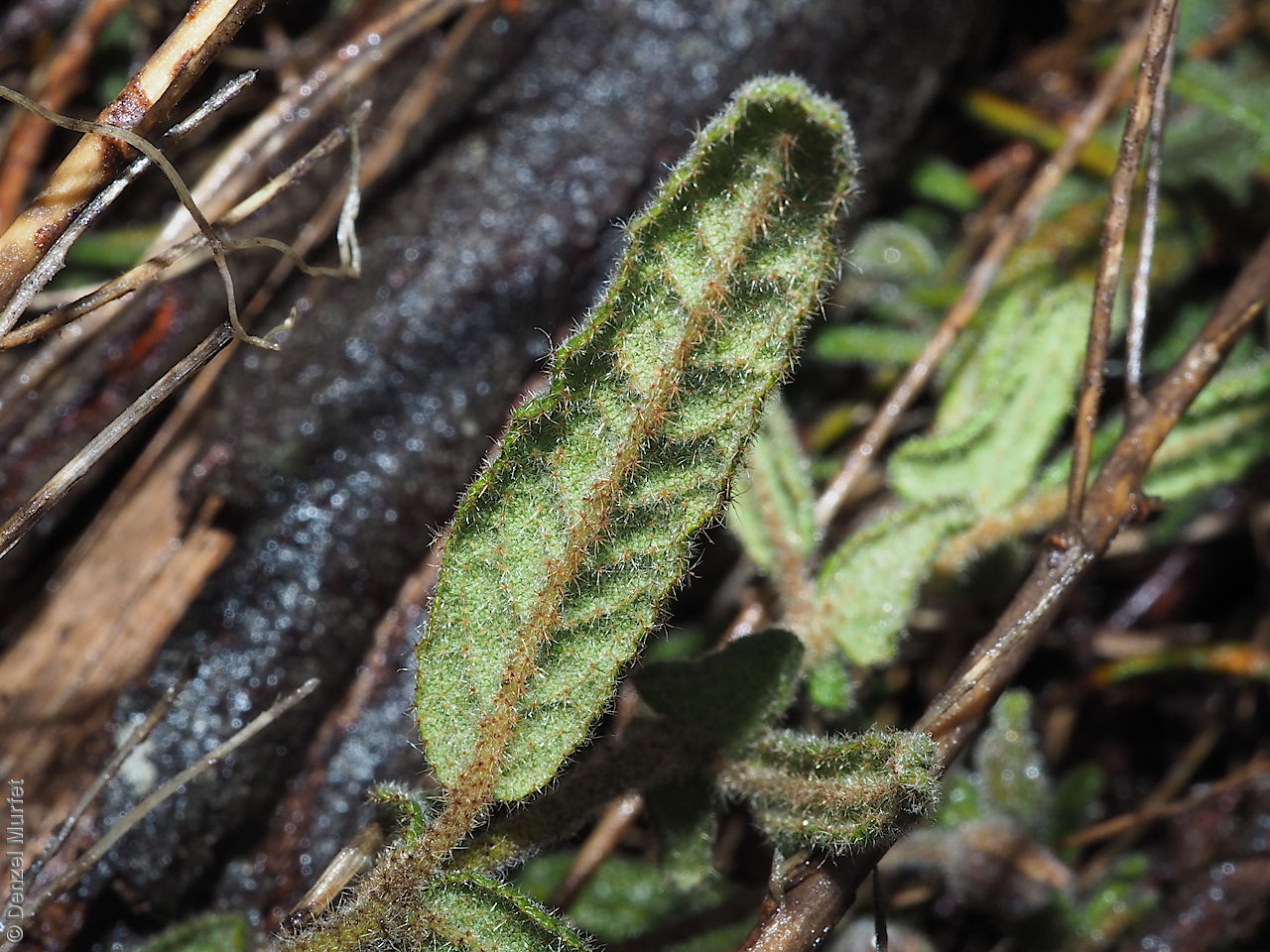
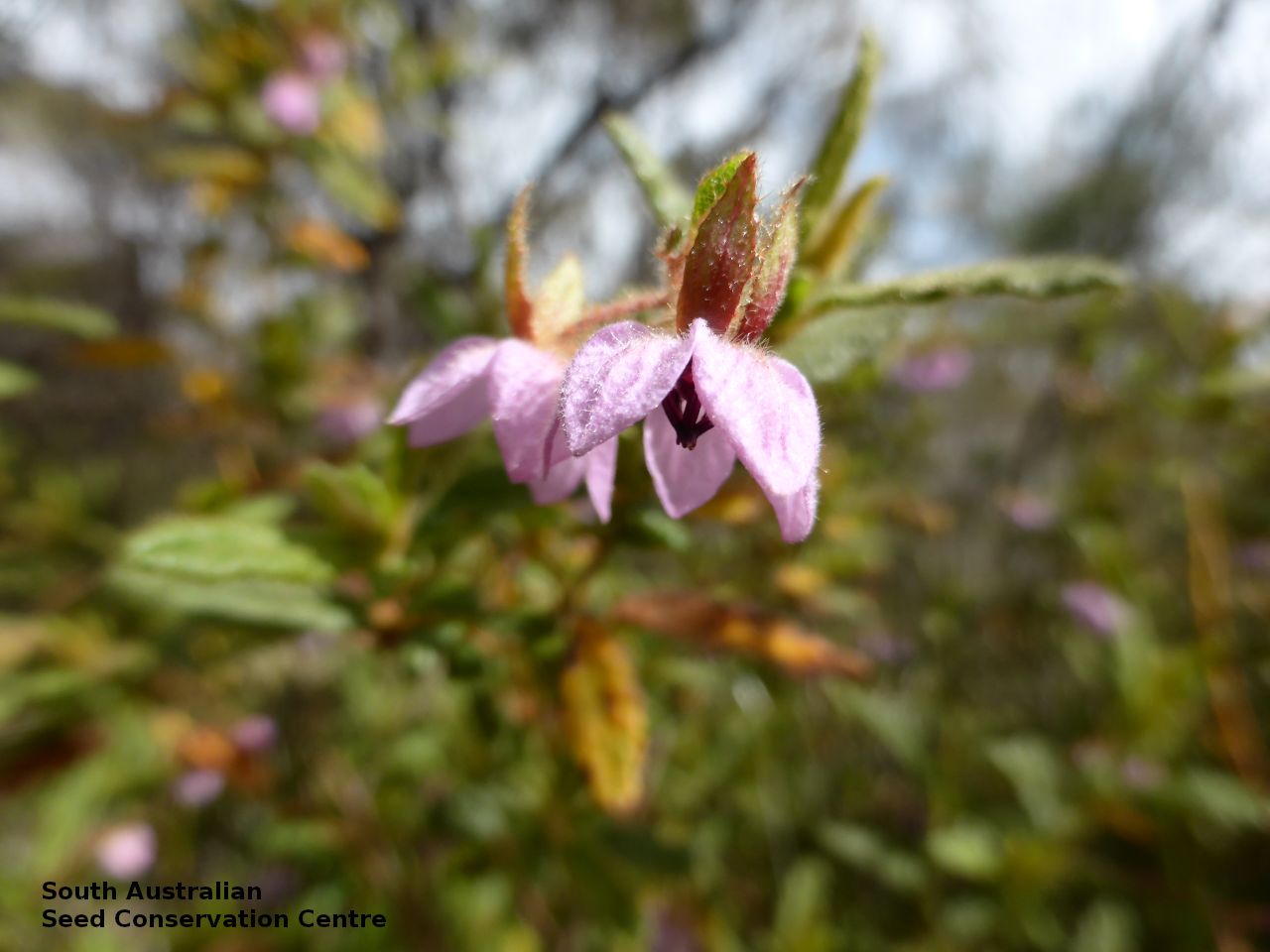
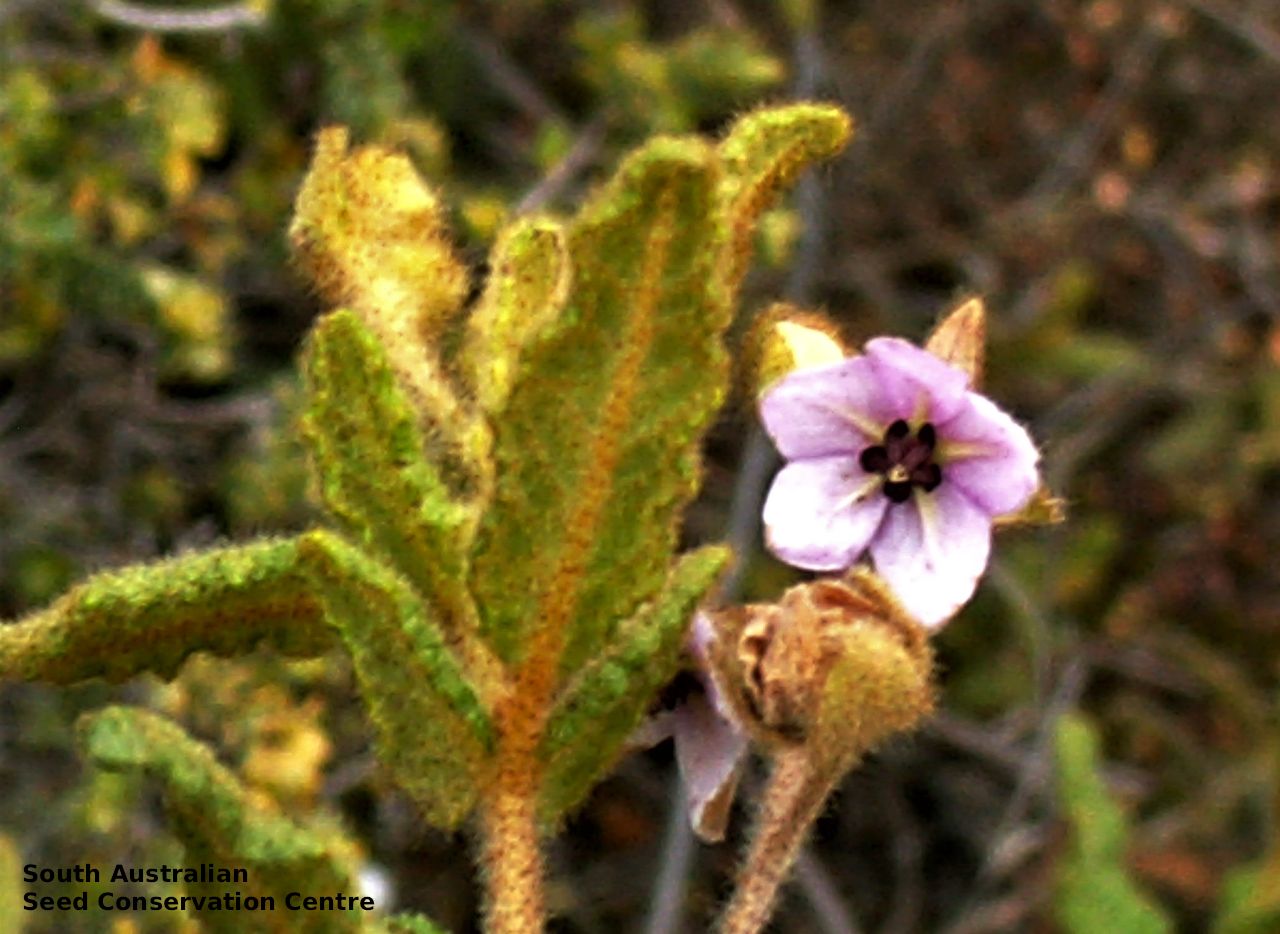
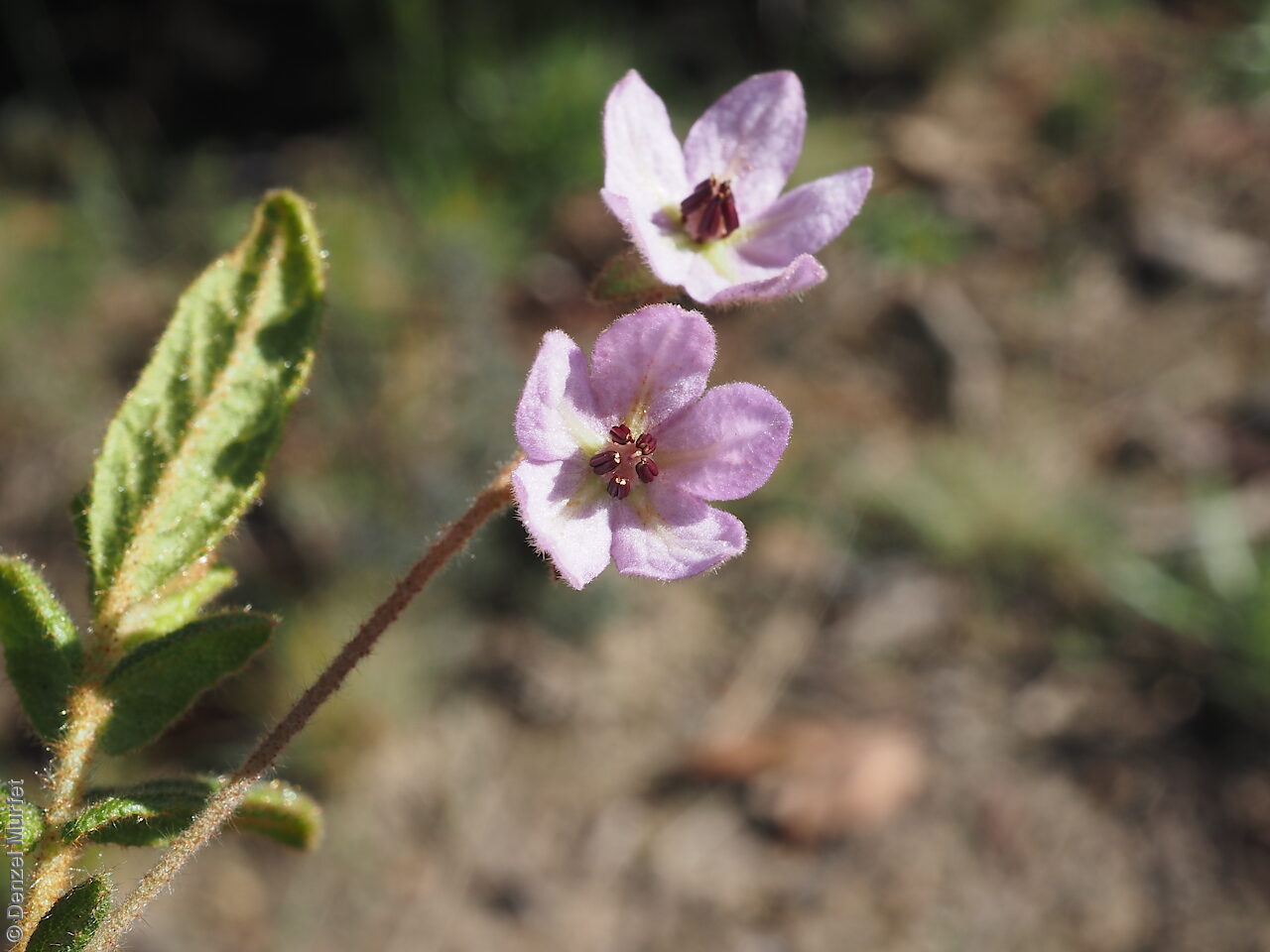
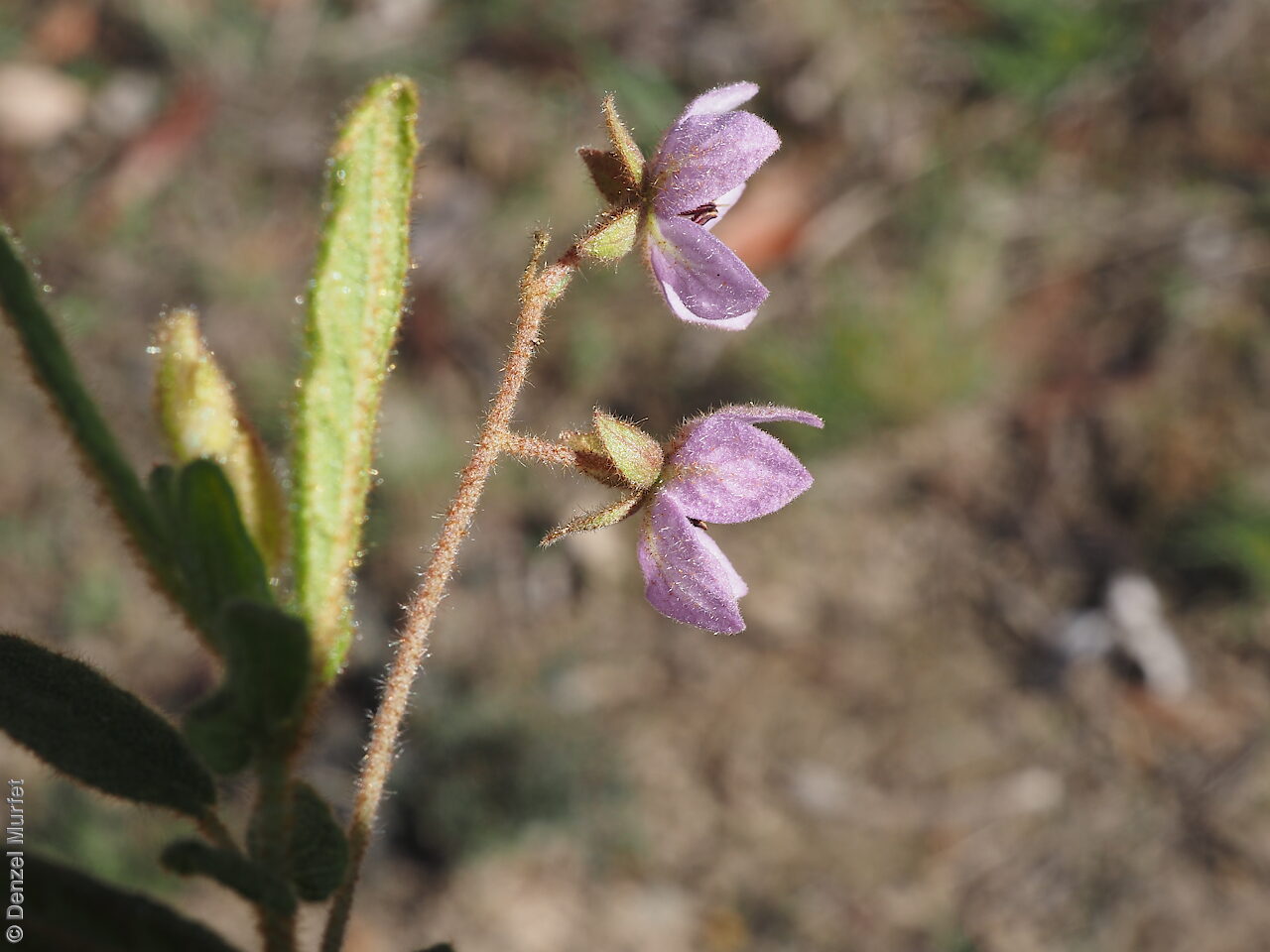

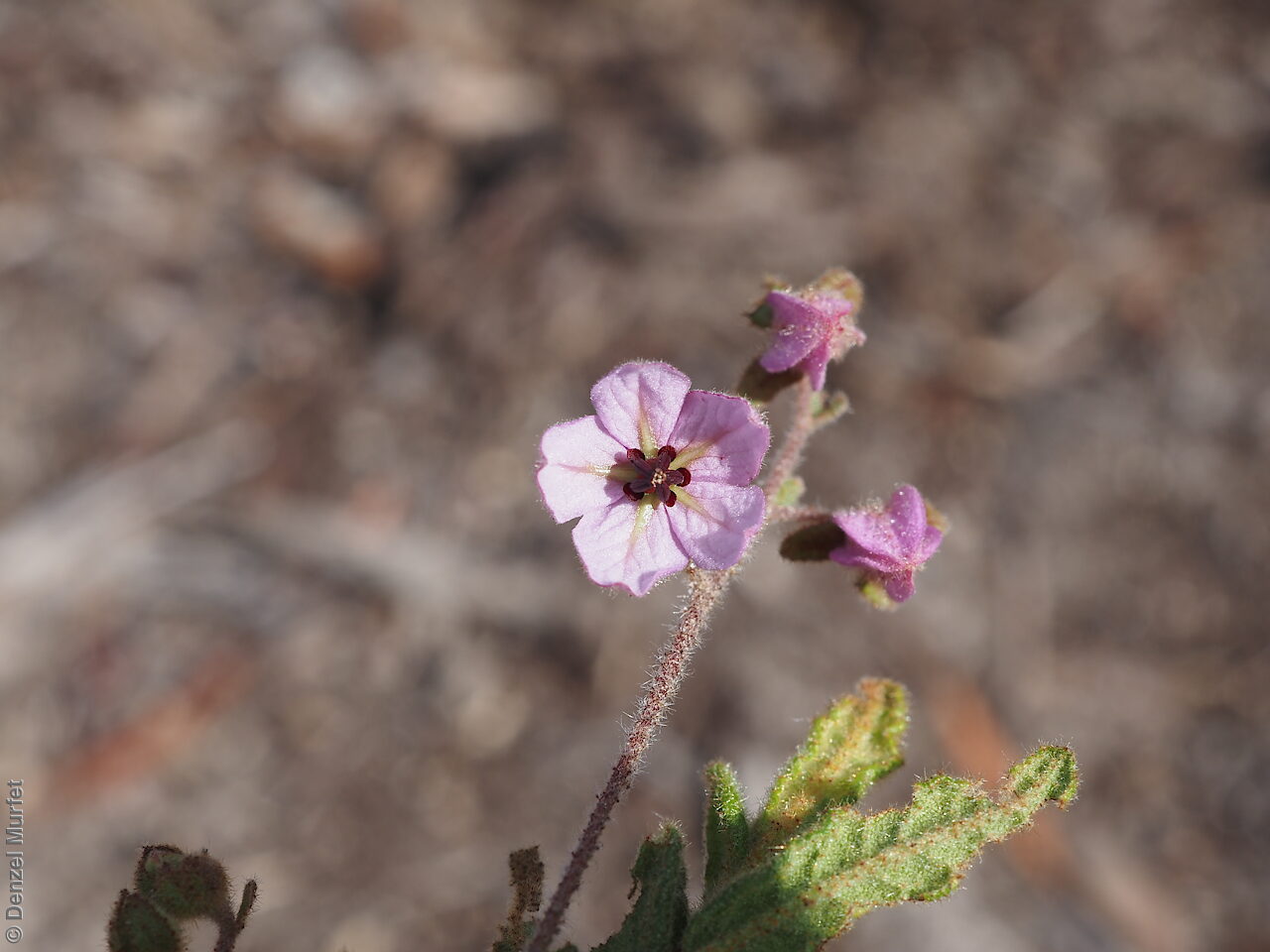
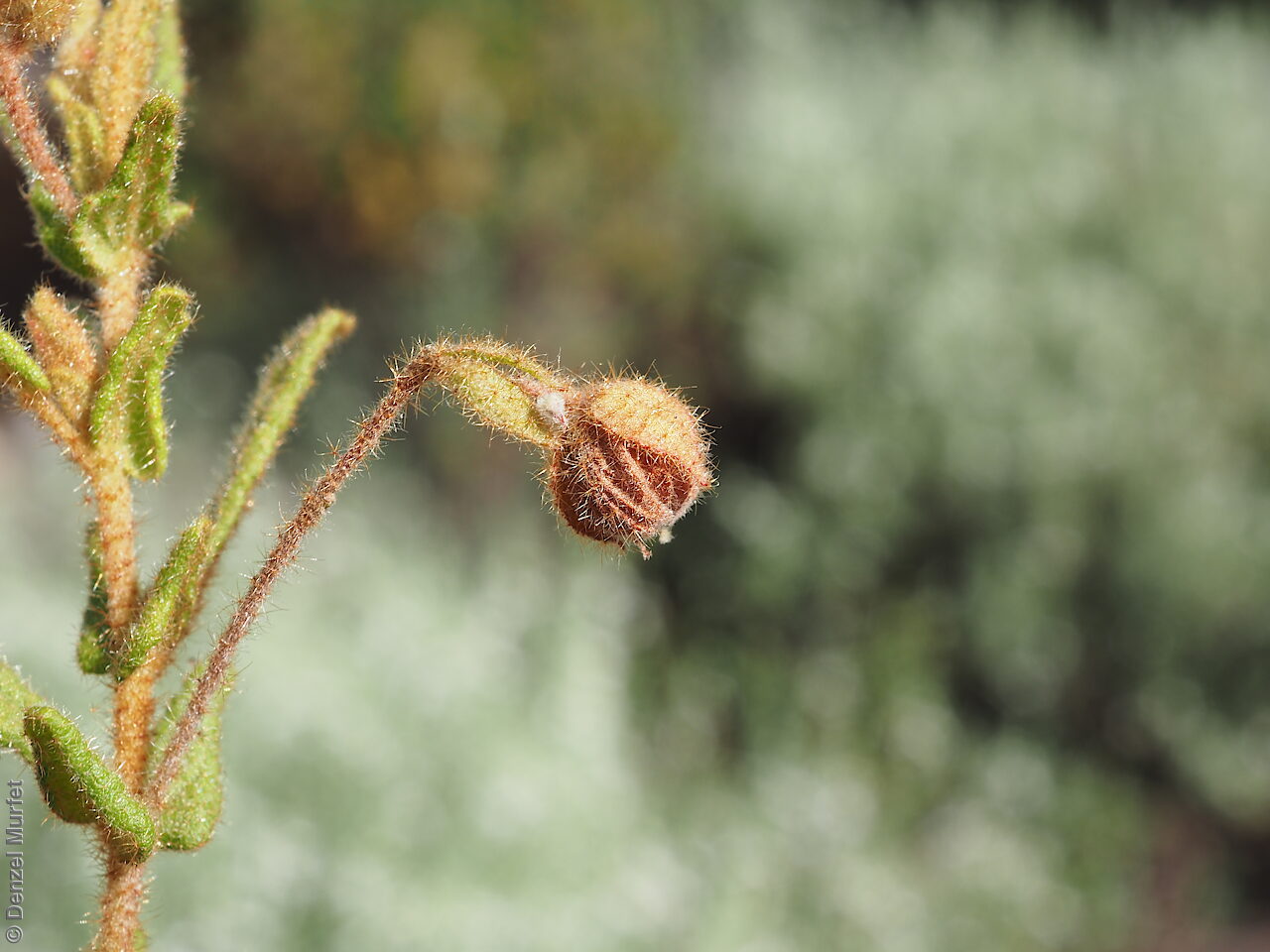
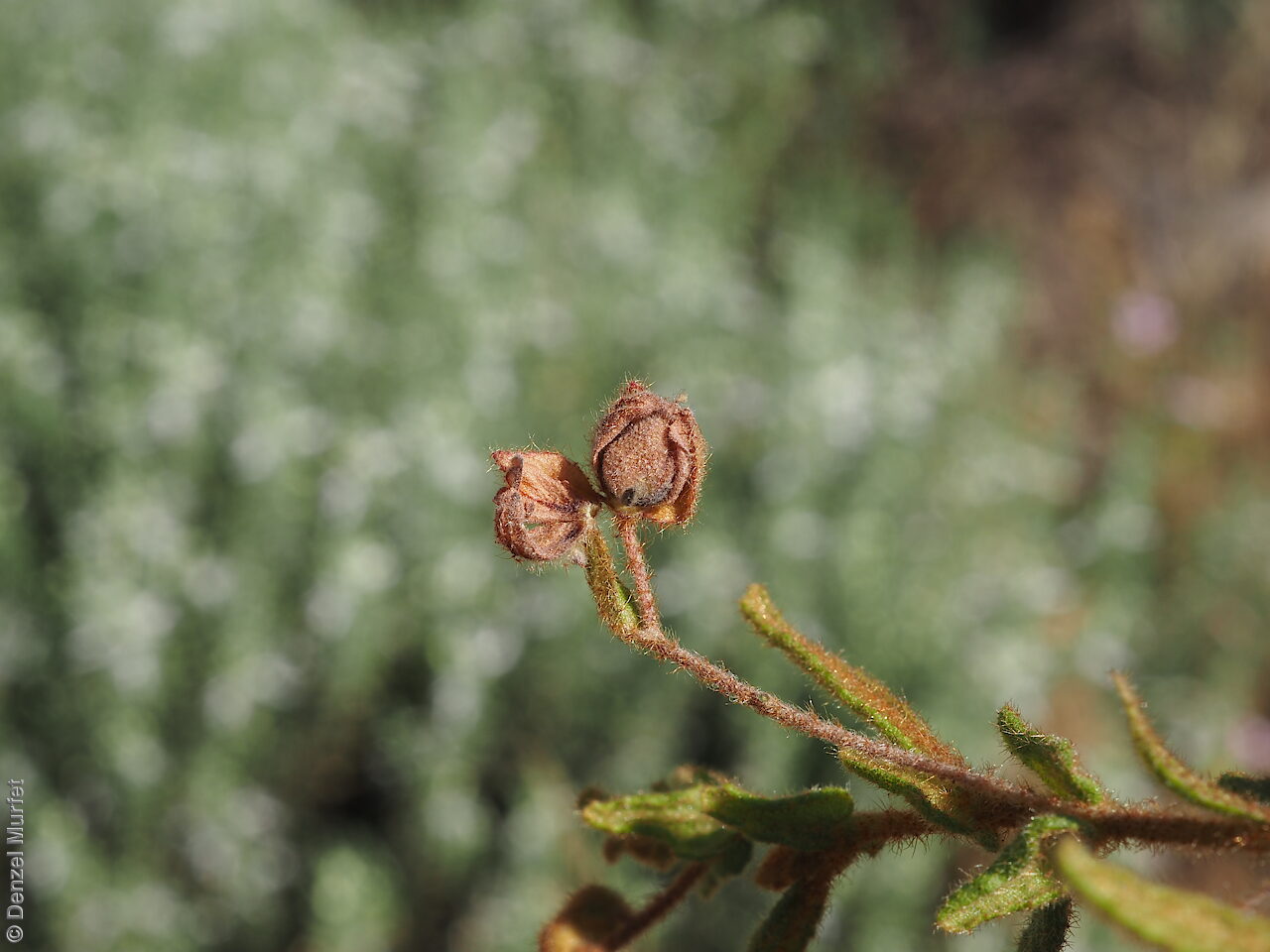
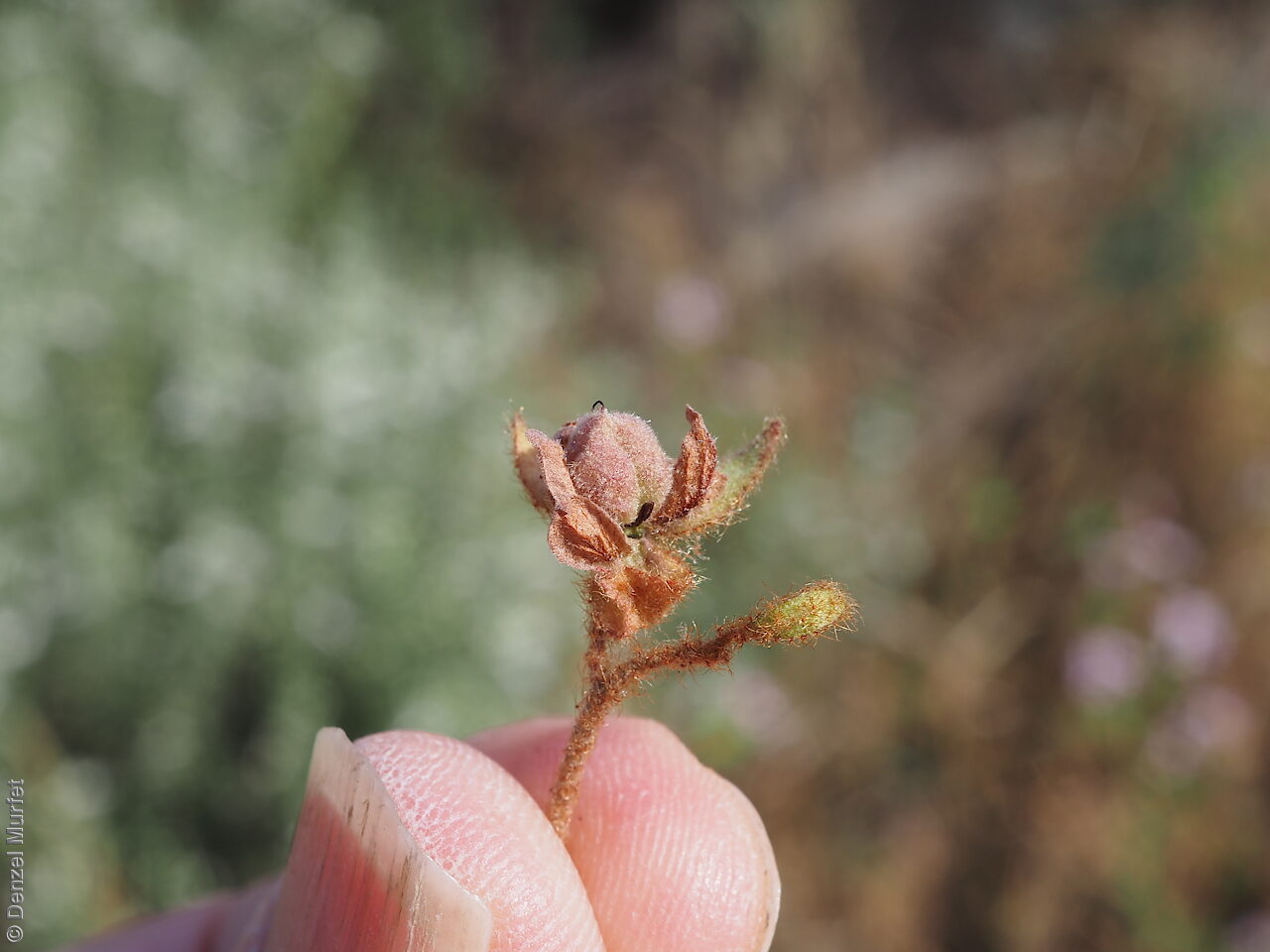
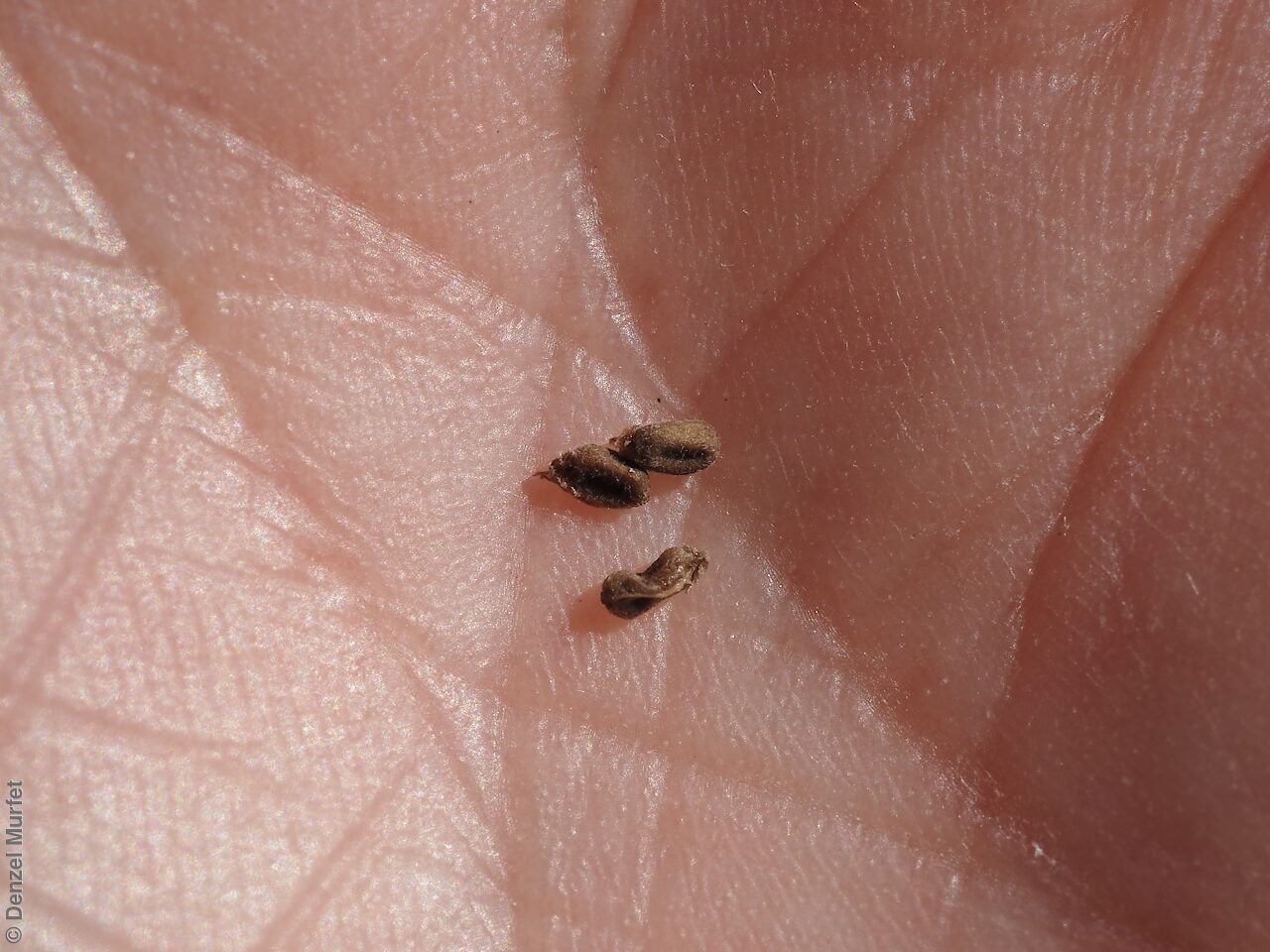
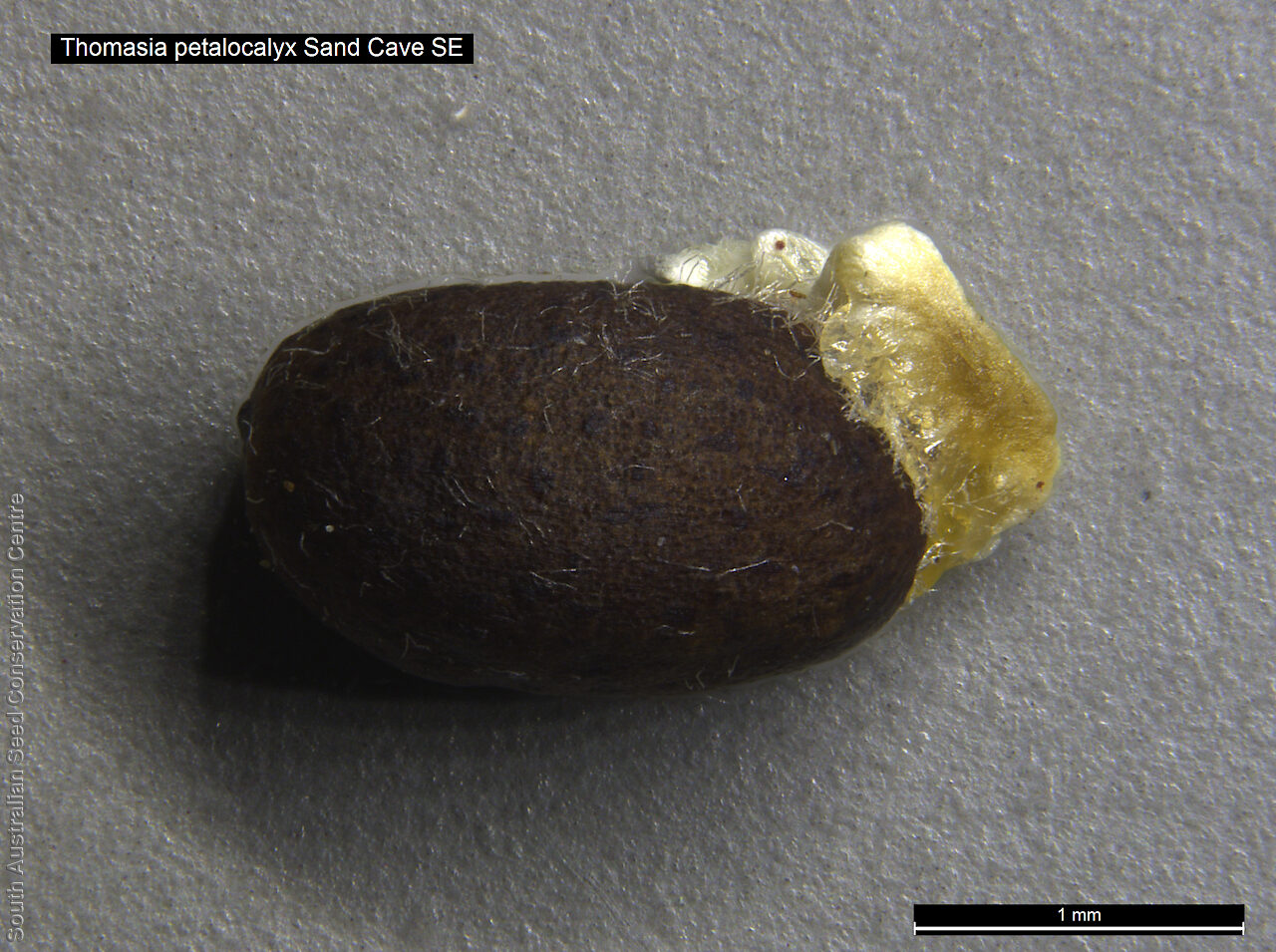
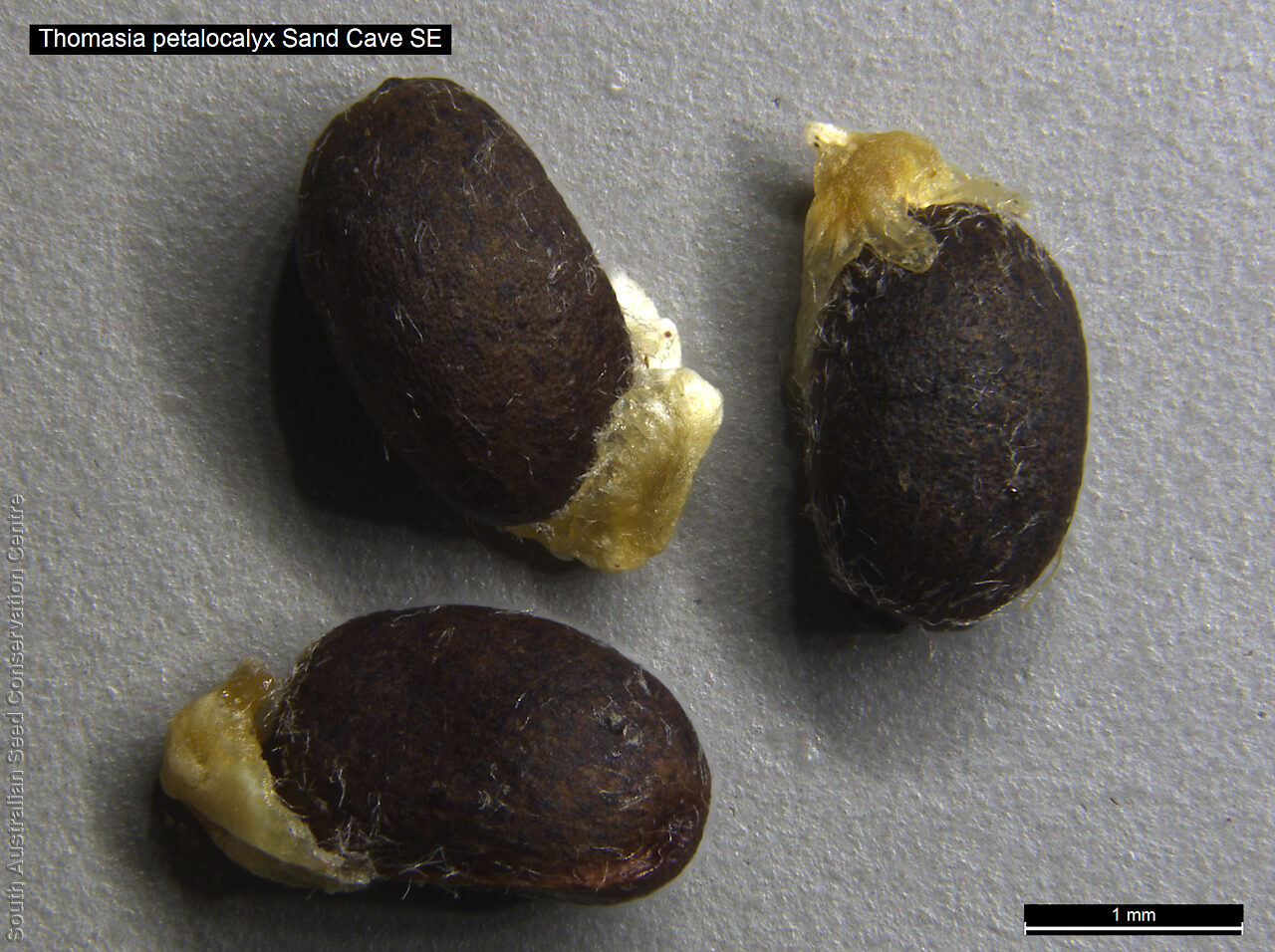
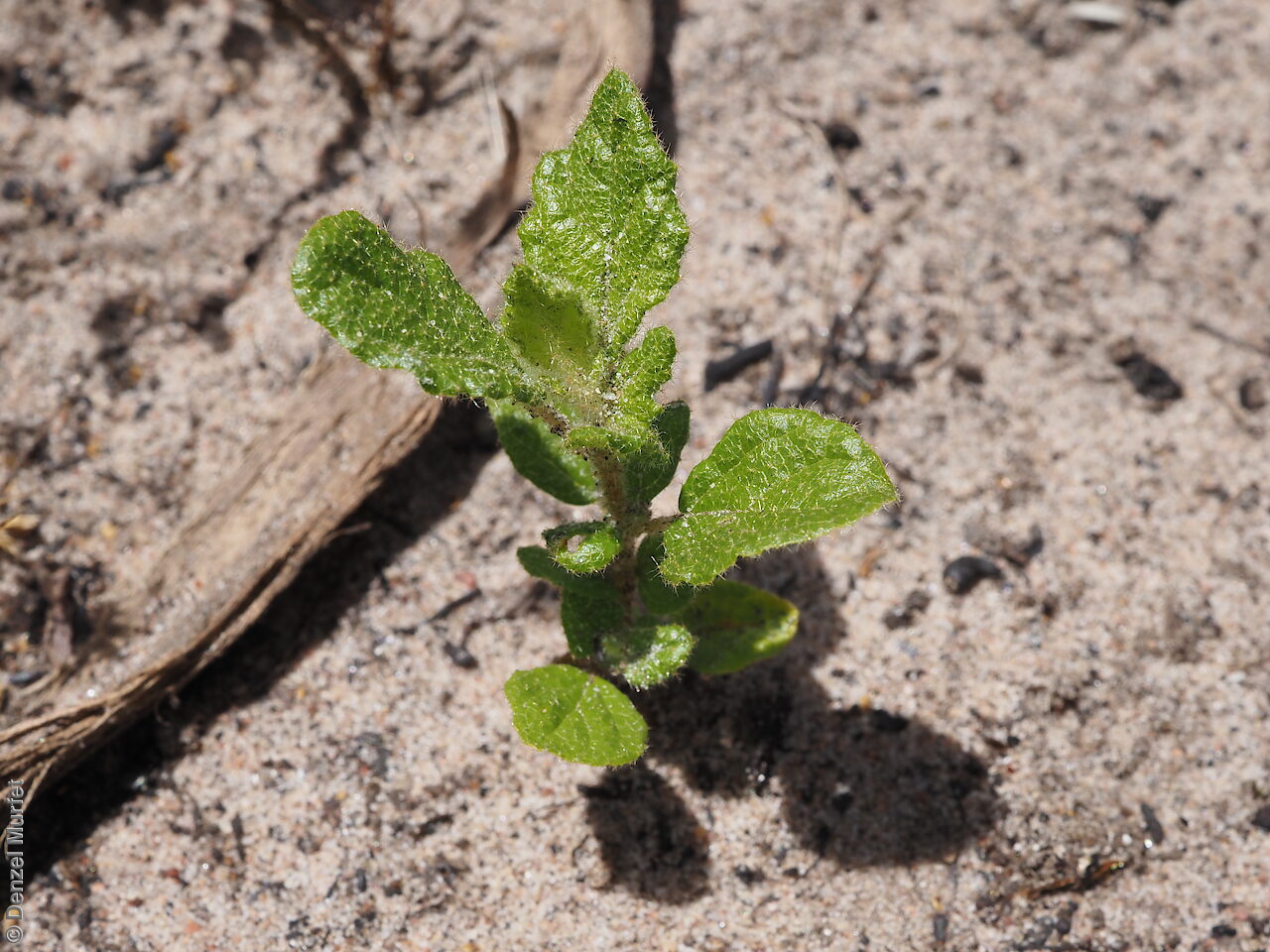
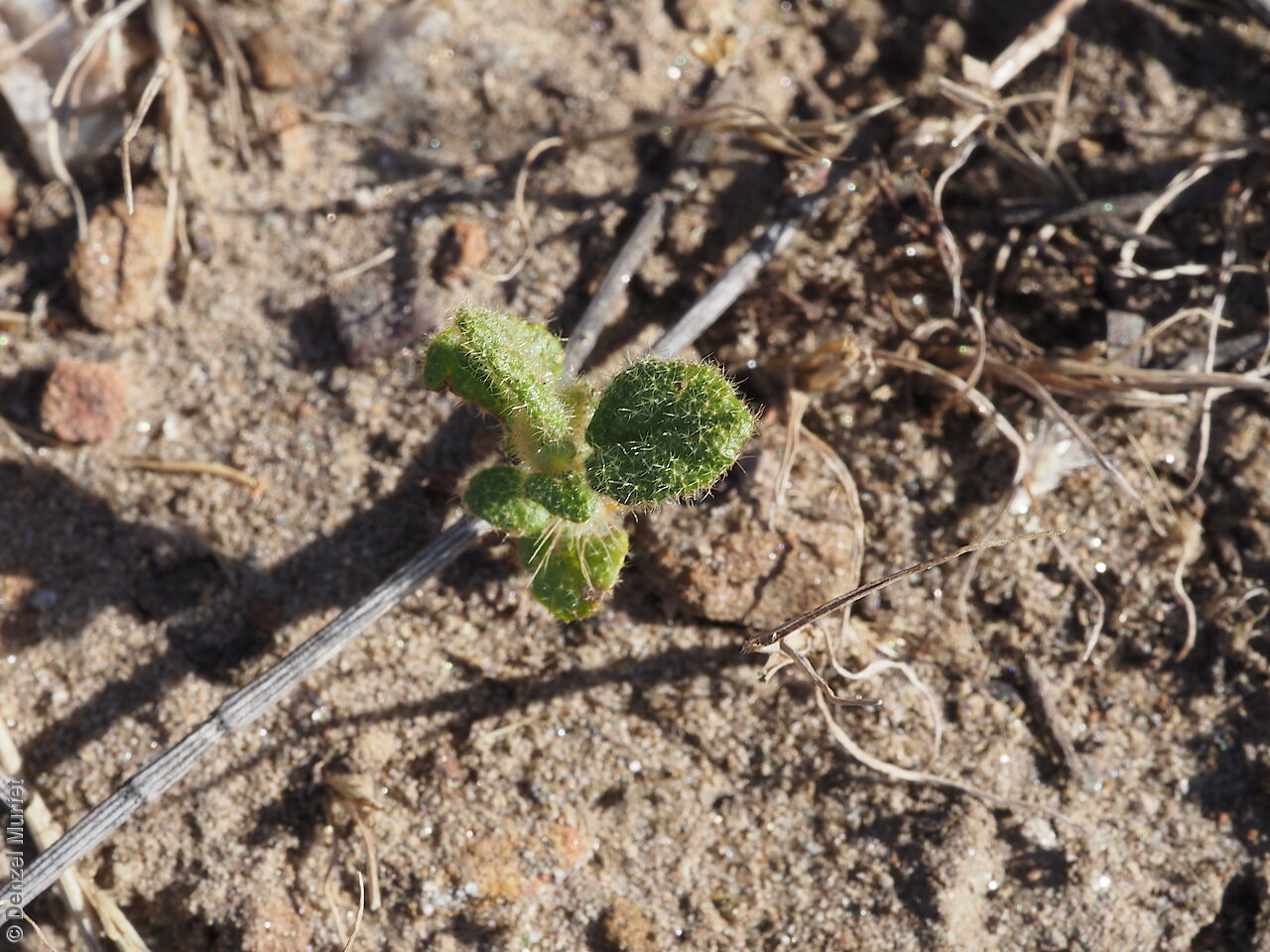

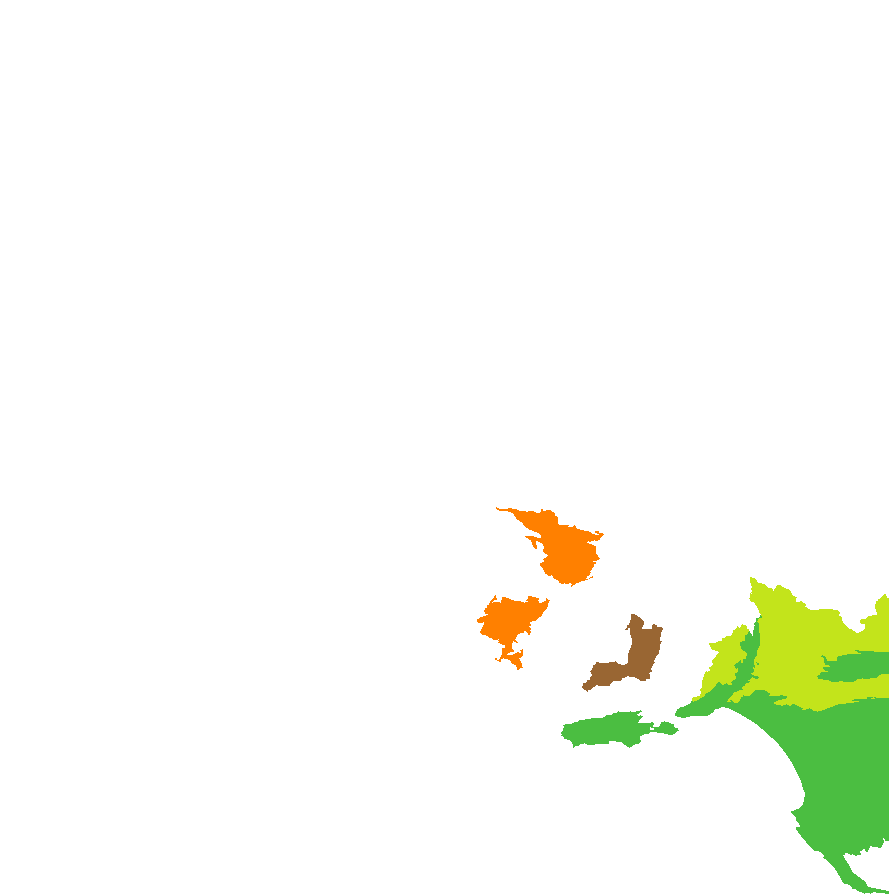
Botanical art
Prior names
Thomasia macrocalyx
Etymology
Thomasia named after Peter and Abraham Thomas, 18th century Swiss brothers, who were botanists and plant collectors. Petalocalyx from the Greek 'petalum' meaning petal and 'calyx' meaning covering; referring to the petal-like sepals.
Distribution and status
Found in the southern part of South Australia, growing on poor sandy soils and limestone in mallee and coastal woodlands. Also found in Western Australia and Victoria. Native. Common in South Australia. Common in the other states.
Herbarium regions: Eyre Peninsula, Northern Lofty, Murray, Yorke Peninsula, Southern Lofty, Kangaroo Island, South Eastern, Green Adelaide
NRM regions: Adelaide and Mount Lofty Ranges, Eyre Peninsula, Kangaroo Island, Northern and Yorke, South Australian Murray-Darling Basin, South East
AVH map: SA distribution map (external link)
Plant description
Perennial shrub usually less than 1 m high with hairy branches. Leaves to 4 cm long and 10 mm wide, oblong, obtuse both ends or subcordate at base, irregular curving of the margins, densely stellate-tomentose to glabrescent above, stellate hairs on veins bellow. Inflorescence a 5 flowered raceme with lax flowers, calyx mauve to 10 mm long. Flowering between August and November. Fruits are brown papery, ovoid capsule to 9 cm long, with 3 cells. Seeds are dark brown to black ovoid seed to 3 mm long and 1.5 mm wide, with a cream aril. Seed embryo type is spatulate fully developed.
Seed collection and propagation
Collect seeds between November and February. Collect fruits that are turning brown and starting to dry. Rub the fruits in your palm to seed if there is any seed, which should be brown and hard. Place fruits in a tray and leave to dry for a week. Then rub the heads with your hands or a rubber bung to dislodge the seeds. Use a sieve to separate the unwanted material. Store the seeds with a desiccant such as dried silica beads or dry rice, in an air tight container in a cool and dry place. From one collection, the seed viability was low, at 16%. This species has physiological dormancy that need to be overcome for the seed to germinate (e.g. nicking or softening the seed coat).
| Location | No. of seeds (weight grams) | Number of plants | Date collected | Collection number Collection location | Date stored | % Viability | Storage temperature |
|---|---|---|---|---|---|---|---|
| MSB | 2,000 (2.68 g) | 40+ | 25-Jan-2006 | DJD363 Southern Lofty | |||
| MSB | 1,300 (1.6 g) | 100+ | 16-Feb-2006 | KHB56 South Eastern |
Number of plants: This is the number of plants from which the seeds were collected.
Collection location: The Herbarium of South Australia's region name.
% Viability: Percentage of filled healthy seeds determined by a cut test or x-ray.